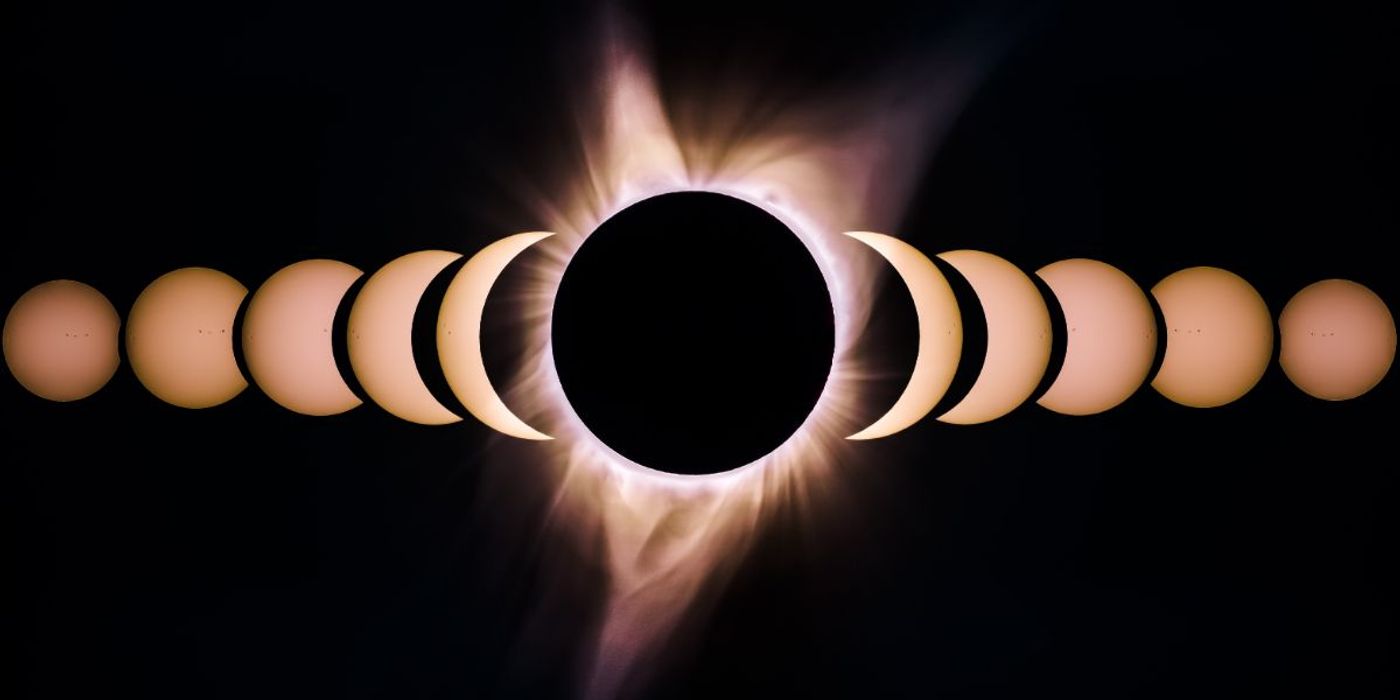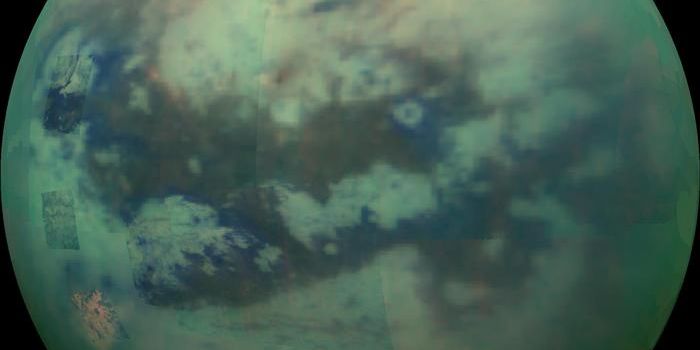Closest Ever Images of the Sun Expose Previously Unknown Features
New images from the Solar Orbiter, a joint project between NASA and the European Space Agency (ESA) that launched in February, have revealed previously unknown features on the sun.
"We've never been closer to the sun with a camera, and this is just the beginning of the long, epic journey of Solar Orbiter," says Daniel Müller, one of the scientists behind the Solar Orbiter project scientist.
The orbiter's first images come from 48 million miles (77 million kilometers) from the sun or half the distance between the sun and the Earth. By the end of the mission, the scientists hope that the orbiter will reach half that distance again from the sun- the closest any probe carrying instruments has been to it so far.
To begin, the scientists didn't dare expect too much from the first images. However, upon seeing them, thanks to their detail, they were able to identify an entirely new feature on the sun. In particular, they noticed 'tiny campfires' or bursts on the sun's surface around the size of a European country.
"The campfires are little relatives of the solar flares that we can observe from Earth, million or billion times smaller," says David Berghmans, principal investigator of one of the instruments onboard Solar Orbiter. "The sun might look quiet at the first glance, but when we look in detail, we can see those miniature flares everywhere we look."
Despite Berghmans' suspicion on their mechanisms, others say that it is too early to draw any scientific conclusions from what they saw. It is thus currently unknown whether these campfires are miniature solar flares or something new.
The researchers hope that studying these campfires more closely will help us understand why the sun's outer atmosphere, known as the 'corona', is much hotter than its visible surface. While the sun's surface is around 55,000 degrees Celcius (99,000 degrees Fahrenheit), the corona is estimated to stand at millions of degrees- whether measured in Celcius or Fahrenheit. This, of course, seemingly defies logic, as we would generally expect the corona to be cooler than the sun's fusion furnace.
Sources: Space.com I, ESA









